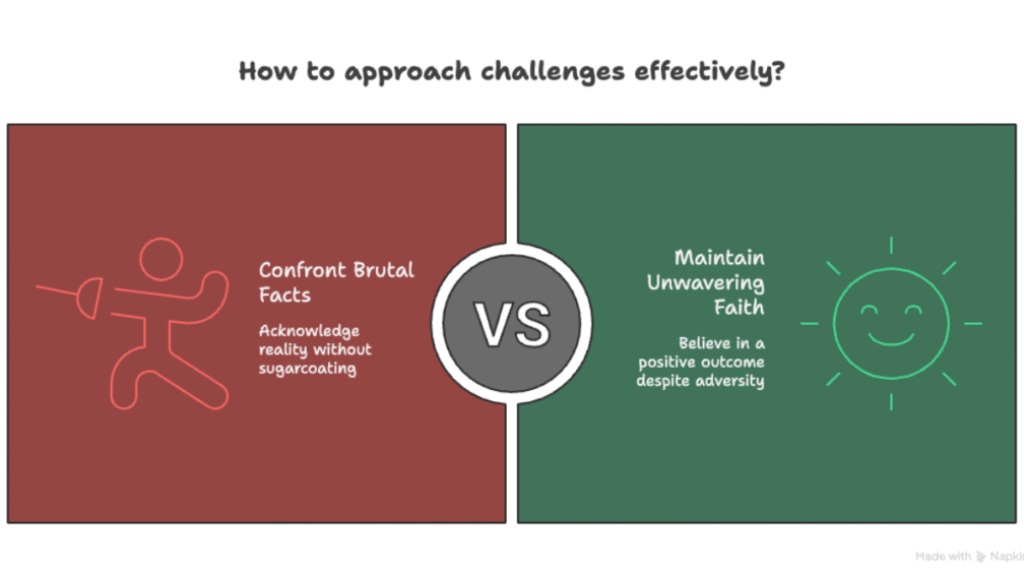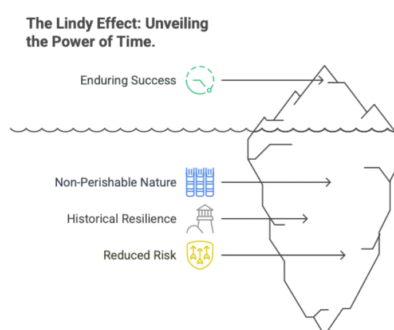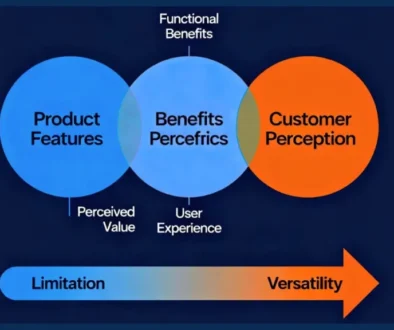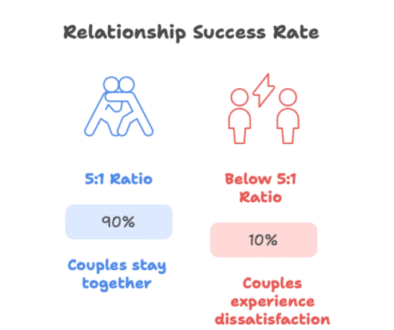The Stockdale Paradox: Core Topics, Deep Explanation, and Practical Application
What Is the Stockdale Paradox?
The Stockdale Paradox is a psychological principle that deals with resilience, hope, and confronting reality in the face of adversity. It originates from Admiral James Stockdale’s experience as a prisoner of war in Vietnam, where he survived years of torture and deprivation by adopting a unique mental strategy. In essence, the paradox is about maintaining unwavering faith that you will succeed in the end, regardless of the difficulties, while simultaneously confronting the harsh facts of your current situation.
Key Topics Related to the Stockdale Paradox
Origin : The paradox is named after Admiral James Stockdale, whose story is popularized by Jim Collins in his book “Good to Great.”
Definition : Balancing optimism about the future with brutal honesty about present challenges.
Psychological components : – Hope, realism, resilience, adaptability.
Relevance : – Applies in personal struggles, leadership challenges, entrepreneurship, crisis management, and daily setbacks.
Misunderstandings : – It’s not blind optimism or pessimistic defeatism, but a fusion of hope and reality.
Explanation: Why Is It Important?
Humans often fall prey either to blind hope (“Everything will sort itself out!”) or to despair when reality is tough. What the Stockdale Paradox teaches is that both these extremes are dangerous. If you ignore harsh facts, you risk not preparing or acting effectively. If you wallow in reality and lose hope, you may spiral into stress and cynicism. The paradox suggests that real strength comes from holding both truths—being optimistic about the outcome, but grounded about the obstacles.

How Do You Use the Stockdale Paradox in Life?
1. Awareness: Notice when you are tempted towards excessive optimism or negativity.
2. Acceptance: Honestly assess and accept your current reality—no sugarcoating.
3. Faith: Cultivate an inner belief that, no matter how long it takes, you will prevail.
4. Action: Use your knowledge of the facts to inspire smart actions and strategic adjustments.
5. Reflection: Regularly reflect on progress and setbacks so that neither hope nor realism is lost.

Examples of Application
Personal Challenges : If facing job loss, admit the difficulty, but also hold faith that you will rebuild and succeed.
Business Leadership : When a company faces crisis, leaders acknowledge the ugly truths yet confidently communicate a strategy for recovery.
Health Struggles : – People dealing with illness confront the medical reality, but maintain faith in treatment and better days ahead.
How to Start Practicing Stockdale Paradox
1. Journaling: Write daily about current struggles and future hopes. Be specific about facts and affirm your belief in positive outcomes.
2. Meditation: Use mindfulness to stay present with uncomfortable truths while visualizing long-term success.
3. Accountability: Share your approach with friends or mentors who can help keep you balanced between hope and realism.
4. Learning: Read stories of resilience and apply their lessons to your own life.
In Summary
The Stockdale Paradox isn’t just a catchy phrase—it’s a robust lifestyle and leadership tool. Mastering it means becoming resilient, thoughtful, and ultimately, successful through challenges. By marrying hope for the future with realism in the present, you are empowered to take meaningful steps forward, no matter how tough circumstances seem. Whether you use it in business, personal growth, or everyday life, it’s a principle that can transform adversity into achievement.




October 31, 2025 @ 12:42 pm
I was more than happy to find this internet-site.I wanted to thanks on your time for this wonderful learn!! I positively enjoying each little bit of it and I have you bookmarked to check out new stuff you blog post.
6 Powerful Ways to Improve Your Work Ethics and Accelerate Your Career Growth - goodreboot.com
November 4, 2025 @ 8:13 pm
[…] – Please do read about Stockdale paradox. It will definitely help you excel in your career when you apply […]
How to Handle Betrayal: A Stoic Guide to Transforming Pain into Power - goodreboot.com
November 4, 2025 @ 8:18 pm
[…] yourself. Your peace is waiting on the other side of that choice. I will suggest to read about stockdale paradox, which will help to handle betrayal very […]